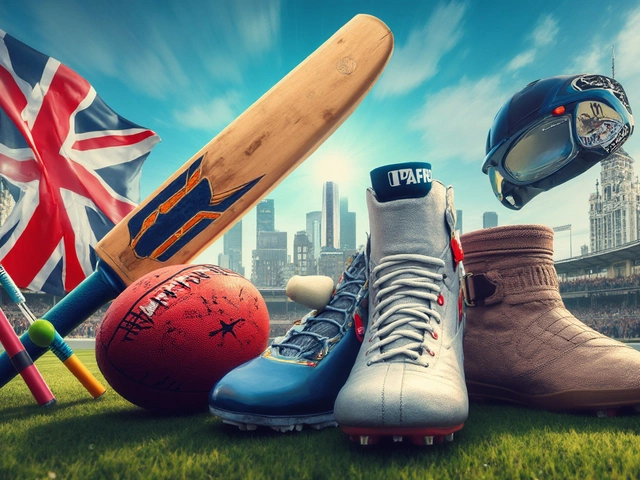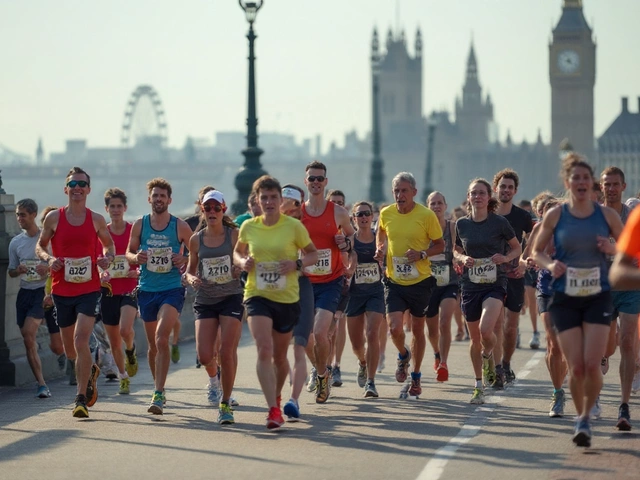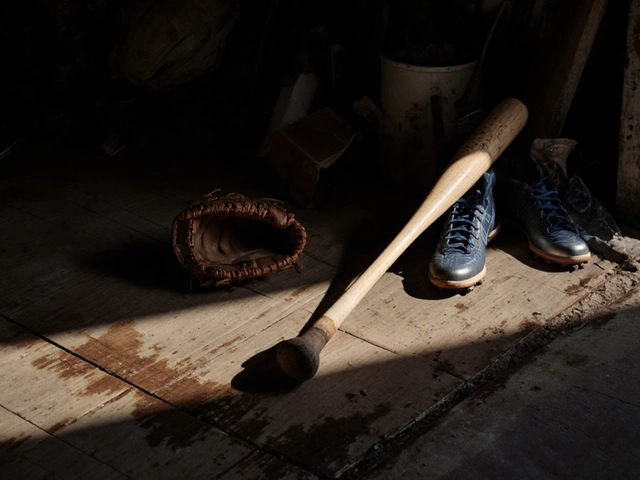Leg Muscles – Building Power and Stamina
When working with leg muscles, the collection of muscles that move and stabilize the lower body, also known as lower‑body muscles, you’re dealing with the engine behind running, jumping and everyday movement. Leg muscles are essential for athletes, weekend joggers and anyone who wants to stay active without pain.
Key Muscle Groups and Their Roles
The three big players are quadriceps, the front thigh muscles that extend the knee and absorb shock, hamstrings, the back‑thigh muscles that flex the knee and help hip extension and the calves, the gastrocnemius and soleus that push the foot off the ground. Together they form a kinetic chain that powers every stride. Strengthening the quadriceps boosts sprint speed, while flexible hamstrings reduce the risk of strains during long runs. Strong calves improve ankle stability and propel you forward during hill climbs.
Beyond the primary groups, the glutes and hip flexors act as stabilizers. When glutes fire correctly, they off‑load pressure from the hamstrings, which helps keep the pelvis level during high‑intensity drills. Hip flexors, on the other hand, initiate leg lift and work with the core to maintain balance. Ignoring these supporting muscles often leads to compensation patterns that show up as knee pain or lower‑back aches.
Leg muscles require a mix of strength, endurance and mobility. A typical training week might include heavy squats for quadriceps power, Romanian deadlifts for hamstring resilience, and calf raises for ankle thrust. Complement these lifts with dynamic stretches like walking lunges and static holds such as hamstring bridges. The result is a balanced system that can handle both short sprints and marathon‑length efforts.
Recovery is just as important as the work itself. Muscle protein synthesis peaks after 24‑48 hours, so timing protein intake and sleep quality directly influences leg muscle growth. Foam rolling the calves and using compression socks can accelerate blood flow, flushing out metabolic waste that slows recovery after a long run.
Nutrition fuels the process. Calcium and vitamin D support bone health around the leg muscles, while magnesium aids in muscle contraction and relaxation. Complex carbs replenish glycogen stores that power long‑distance sessions, and omega‑3 fatty acids help curb inflammation after intense leg work.
Injury prevention hinges on recognizing early signs. Persistent tightness in the hamstrings, a burning sensation in the quadriceps during hill repeats, or calf soreness after sprint intervals are red flags. Address them with targeted mobility work, adjusting training volume, or consulting a sports therapist.
Technology now offers tools to fine‑tune leg muscle performance. Wearable gait analysers reveal stride length and foot strike patterns, pointing out over‑use of specific muscle groups. Apps that track eccentric loading help athletes program progressive overload without overtraining.
For beginners, mastering bodyweight movements like wall sits, single‑leg bridges and calf raises builds a solid foundation before loading with heavy weights. Intermediate athletes can add plyometrics—box jumps and bounding—to develop explosive power. Advanced performers often incorporate contrast training, pairing a heavy squat with a vertical jump to transfer strength gains directly to sport‑specific movements.
All these concepts tie back to the core idea: strong, flexible leg muscles are the cornerstone of running performance, sprint speed, and overall athletic health. Below you’ll find a curated collection of articles that dive deeper into marathon pacing, daily workout routines, equipment choices, and nutrition tips—all aimed at helping you get the most out of your leg muscles.
Why Marathon Runners Don't Develop Bulky Leg Muscles
Marathon runners typically have lean legs rather than bulky muscles, a result of their specialized training and the need for endurance. Their training focuses on aerobic capacity and efficiency, which does not promote significant muscle hypertrophy. Understanding the physiology and workout regiments of marathoners reveals why they prioritize stamina over muscle mass. Insights into this can help aspiring runners tailor their training for improved performance.





